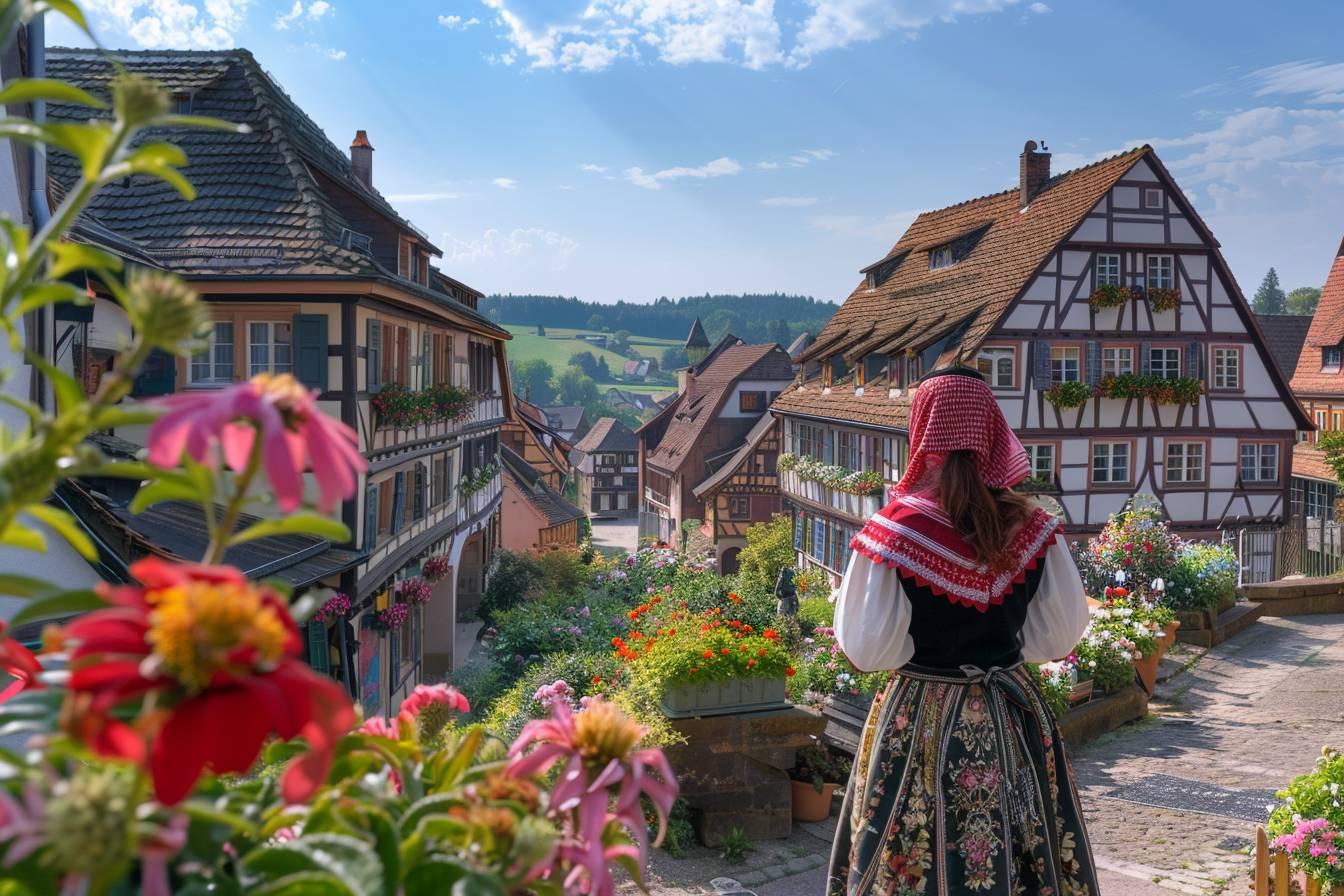Brazil, a fascinating South American country, is home to a remarkable linguistic mosaic. This diversity reflects the rich and varied history of this multi-influenced nation. Let’s dive into the Brazilian linguistic universe to discover the languages that shape the cultural landscape of this country of continental dimensions.
Portuguese, Brazil’s official and dominant language
Portuguese reigns supreme in Brazil. The country’s official language, it is spoken by the overwhelming majority of the population. In fact, between 97% and 99% of Brazilians are fluent in Portuguese, representing over 190 million speakers.
This predominance is explained by Brazil’s colonial history. Unlike its predominantly Spanish-speaking South American neighbors, Brazil was colonized by Portugal. This historical particularity makes Brazil the only Portuguese-speaking country in South America.
Brazilian Portuguese has its own characteristics that distinguish it from its European cousin. Here’s a comparative table illustrating some of the notable differences:
| Aspect | Brazilian Portuguese | European Portuguese |
|---|---|---|
| Accent | More melodious | More jerky |
| Vowels | More open | More closed |
| Vocabulary | Influenced by indigenous and African languages | More conservative |
| Grammar | Frequent use of the gerund | Preference for the infinitive |
These features have helped make português brasileiro the standard version of the language in the Portuguese-speaking world. São Paulo, Brazil’s megalopolis, is considered the world’s largest Portuguese-speaking city.
The wealth of minority languages in Brazil
Although Portuguese is ubiquitous, Brazil is home to an impressive diversity of languages. Between 200 and 230 different languages are spoken in Brazil. This variety reflects the complexity of the country’s history and cultural mosaic.
These languages fall into several categories:
- Indigenous languages: Between 170 and 217 indigenous languages are still alive in Brazil. Among the best-known are :
- Tupi-Guarani
- Xavante
- Yanomami
- Immigrant languages: Some 30 languages brought by successive waves of migrants.
- Creole and Afro-Brazilian languages: Born of cultural and linguistic cross-fertilization
Interestingly, German is the second most widely spoken language in Brazil, with around 1.9% of the population speaking it. This presence can be explained by the high level of German immigration, particularly in the south of the country.
Platt, or Lorraine Franconian, deserves a special mention. This Germanic language is spoken by around 3 million Brazilians, mainly in the southern regions. Its establishment is the result of specific migratory waves and illustrates Brazil’s unexpected linguistic diversity.

Protecting and promoting languages in Brazil
Faced with this linguistic wealth, Brazil has put in place policies aimed at preserving and promoting minority languages. The 1988 Constitution marked a turning point by recognizing the importance of this linguistic heritage.
Several concrete measures were adopted:
- Recognition of certain indigenous languages as co-official languages in certain municipalities
- Authorization to teach minority languages in schools since 2010
- Promotion of linguistic diversity as an integral part of national identity
The aim of these initiatives is to counterbalance the predominance of Portuguese and keep alive languages that are in danger of disappearing. For example, Nheengatu, once widely spoken along the Brazilian coast, is now benefiting from revitalization programs.
Learning foreign languages in Brazil
In a globalized world, Brazilians are increasingly open to learning foreign languages. English tops the list of foreign languages studied, closely followed by Spanish. There are obvious economic and geographical reasons for this trend.
The presence of immigrant communities also encourages the learning of other languages. In some parts of Brazil, for example, it is not uncommon to hear :
- German
- Italian
- Japanese
Brazil’s Japanese community, one of the largest outside Japan, contributes to the spread of Japanese language and culture in the country.
This linguistic diversity makes Brazil a fertile breeding ground for multilingualism. It offers Brazilians unique opportunities for cultural enrichment and openness to the world, while preserving the richness of their own linguistic heritage.
